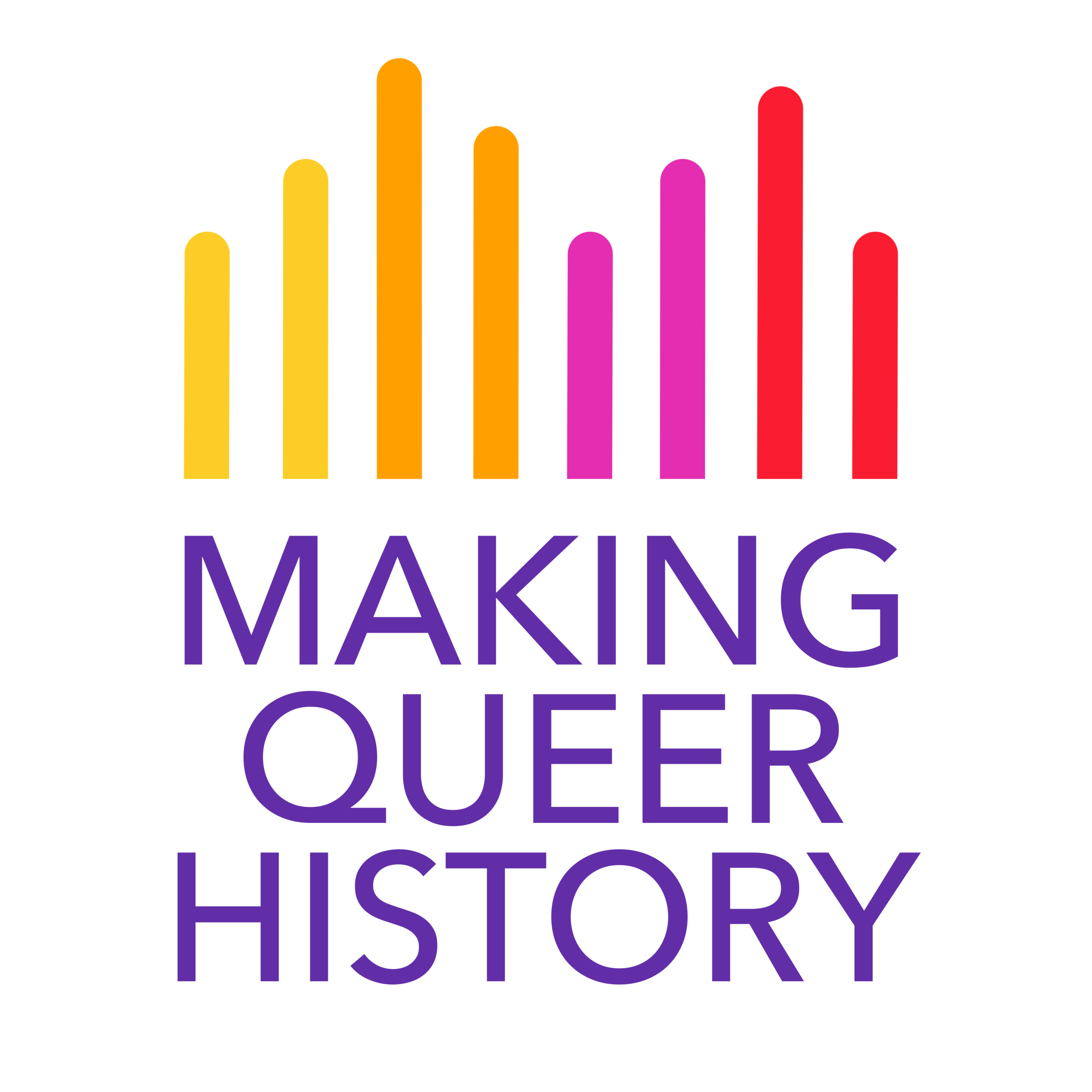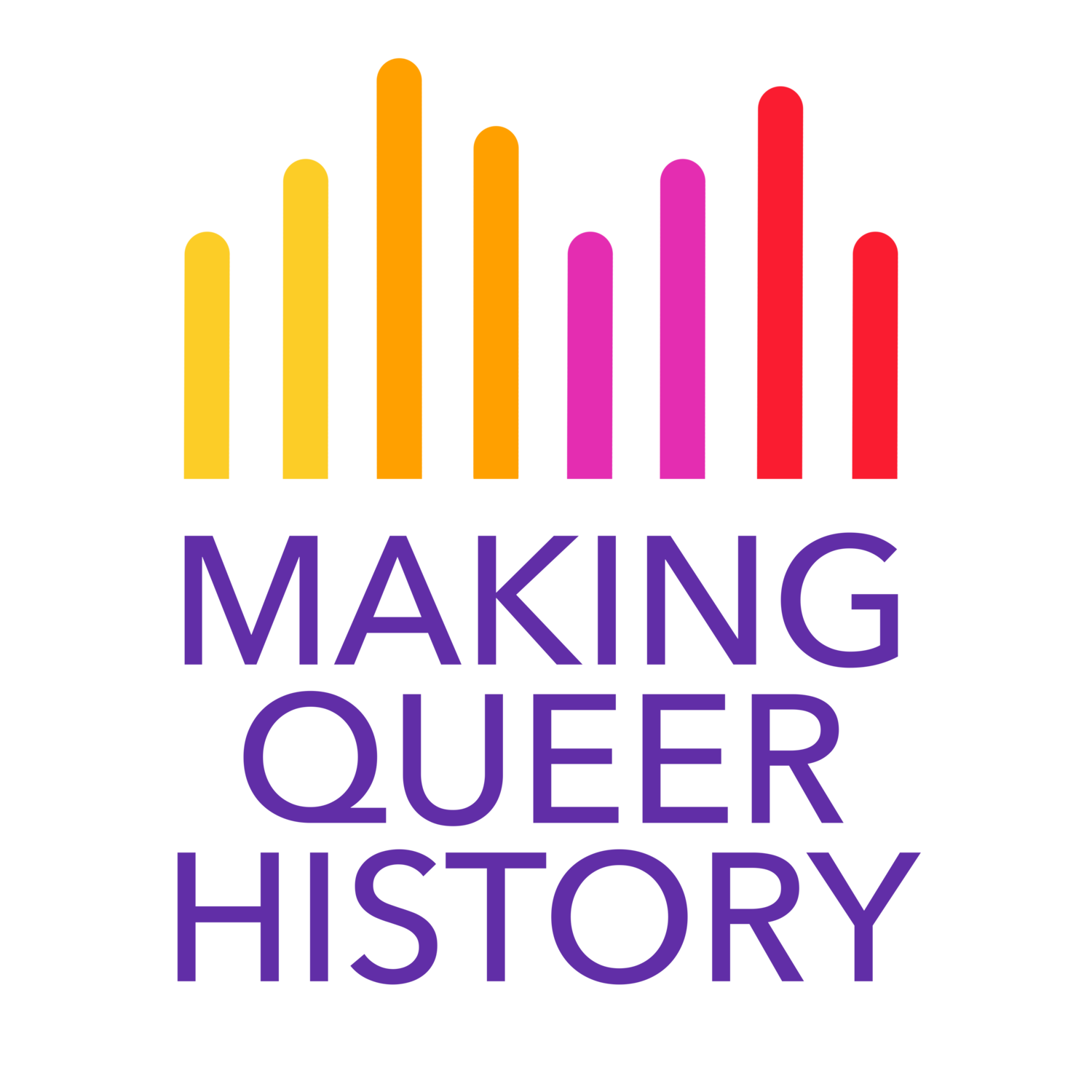The halls of surrealist art are inherently queer in certain ways, not just because of the number of queer surrealists there happened to be, but because of the boundary challenging nature of the genre. With few rules, and even more rule-breaking, it can’t be surprising that queer people flock to this particular style - what is more surprising is how queer people have been and continue to be erased from the history of the movement. Even within the golden age of this movement, the inherently queer works of artists such as Leonor Fini were shocking, not only in traditional art circles but to the same people who made their names challenging norms. It seemed that even in the most transgressive of spaces, the mastery of women, androgyny, and queerness, in general, were enough to make the likes of Andre Beton and Salvador Dali clutch their metaphoric pearls.
Making Queer History has a vague title because it has a rather vague purpose. We are not alone in our aim to tell the queer community’s history. What defines us is our focus not only on the past, but toward the future.

